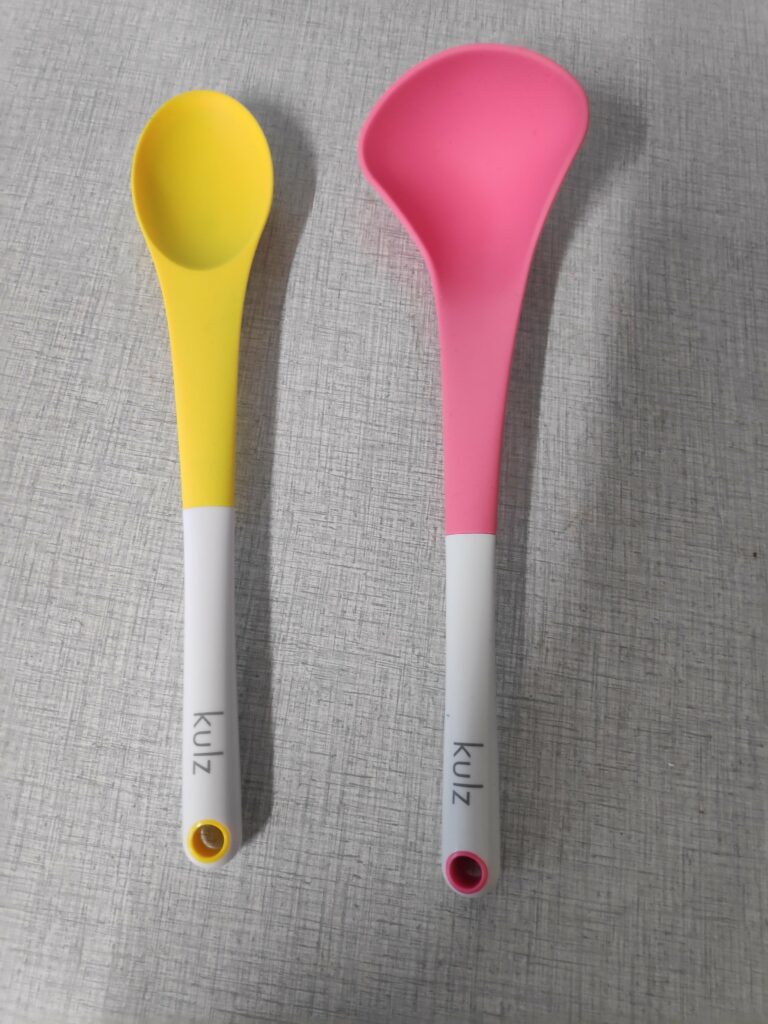
Silicon is a chemical element (Si), a hard dark-grey semiconducting metalloid which, as a crystal, is used to make electronic chips and solar cells. In contrast, silicones are polymers (large molecules with repeating sub-units). Here the repeats involve siloxane, which is a chain of alternating silicon and oxygen atoms, sometimes combined with carbon, hydrogen, and other elements.
Silicones exhibit many useful characteristics, including:
- Low thermal conductivity. It insulates, rather than conducts heat.
- Thermal stability. Heat does not break it down into new products, in a temperature range of −100 to 250 °C. It melts around 500 °C.
- Low chemical reactivity. It doesn’t form new chemical compounds easily.
- Low toxicity. It is not poisonous.
- It repels water, useful for making watertight seals.
- Does not stick to many substrates, but adheres very well to others, e.g. glass.
- Does not support microbiological growth.
- Resistance to oxygen, ozone, and ultraviolet (UV) light, resulting in its widespread use in the construction and automotive industries.
- Can be formulated to be electrically insulative or conductive, it has a wide range of electrical applications.
- High gas permeability, making silicone useful for medical applications in which increased aeration is desired. Conversely, silicone rubbers cannot be used where gas-tight seals are necessary.
Silicone can be a substitute for many plastics that have adverse health effects. If it is labelled FDA compliant, it means that the United States Food and Drug Administration has approved it as a food grade product, suitable for use in close proximity to food, beverages and pharmaceuticals, including their manufacturing, packaging and/ or storage. Other countries have their own way of expressing this. In Norwegian it is, næringsmiddelgodkjent.
Because FDA compliant silicone is non-toxic, it is a preferred material for making different forms of cookware, including bakeware and kitchen utensils. As will be shown in an upcoming weblog post, this makes the material suitable for many different DIY (do it yourself) projects.
Some silicone products are so inexpensive and widely available, that it is better to buy them than to make them. These include silicone spatulas and other utensils. These function better than their rubber equivalents. They do not melt and there will be no need to trim worn edges. They function at normal cooking and baking temperatures.
Other products are inexpensive, but could be fun to make. These include pot-holders, trivets and kitchen mats, that are made of silicone because of its heat-resistant characteristics. Silicone is, however, more heat-conductive than similar, but less dense fiber-based products. Since silicone is water repellent, as well as heat resistant to temperatures up to 260 °C , oven mitts can be made that allow one to reach into boiling water.
Some products can be made to incorporate important personal preferences. Bread (loaf), cake, muffin and pie forms/ molds/ pans/ pots as well as baking sheets can be made in a wide variety of shapes and sizes.
In general the advantages of silicone bakeware include: grease free preparation; Pans heat quickly and bake evenly; baked goods are easily removed, if they are twisted slightly their sides pull away, allowing whatever is inside to emerge. While pans are hot to touch while in the oven, they cool down quickly.
Silicone containers are freezer, refrigerator, microwave, oven and dishwasher safe. One can bake, store, freeze, and reheat in the same pan. There is no need to adjust recipes with respect to batter or temperature.
Silicone products are lightweight, easy to clean, and retain their shape. No special considerations need to be taken with respect to their storage.
Some negative considerations. Some molds and pans may need a cookie sheet underneath to provide stability. Knives and other sharp objects can damage silicone cookware. Silicone products are not suitable for open flames or stovetop burners.

